Samsung's leap into Super Fast Charging 3.0 represents more than just a numbers upgrade—it signals the company's recognition that charging speed has become a crucial battleground in the flagship smartphone market. Recent firmware discoveries have revealed that the upcoming Galaxy S26 Ultra will feature 60W charging capabilities, marking Samsung's most significant charging advancement in years (Android Authority).
What makes this breakthrough particularly significant is its timing in Samsung's broader strategic evolution. While competitors routinely deliver 100W+ speeds (Android Police), Samsung has historically prioritized battery longevity over raw speed. This 60W upgrade suggests the company is finally bridging the gap between their conservative engineering philosophy and market expectations without abandoning their commitment to long-term device reliability.
The discovery emerged through leaked One UI 8.5 firmware containing specific technical markers pointing to the 60W threshold—making this concrete evidence rather than typical pre-launch speculation. Current Galaxy S25 devices top out at either 25W for base models or 45W for the Plus and Ultra variants, speeds that have become increasingly modest by today's standards (Android Authority).
What the leaked firmware reveals about Super Fast Charging 3.0
The firmware leak tells a compelling story about Samsung's development strategy beyond just charging speeds. Analysis of leaked One UI 8.5 firmware confirmed that Samsung's S26 series will launch with this intermediate software update before the full Android 17-based One UI 9 arrives in summer 2026 (Notebook Check). This approach suggests Samsung views the charging upgrade as significant enough to warrant dedicated software optimization rather than waiting for the next major Android release.
Industry leaker Ice Universe has corroborated these findings with additional engineering details that reveal Samsung's comprehensive approach: the S26 Ultra will maintain a 5,000mAh battery capacity while achieving a remarkably thin chassis under 0.31 inches thick (Notebook Check). This combination indicates Samsung isn't just arbitrarily boosting charging speeds—they're implementing a holistic engineering strategy that balances power delivery with thermal management and physical design constraints.
The leaked code structure provides insights into Samsung's long-term technology roadmap. Rather than treating this as a one-off improvement, the firmware suggests Samsung is building foundational charging architecture that can scale beyond 60W in future generations. The intermediate One UI 8.5 release strategy specifically focuses on Galaxy AI features and charging system optimization (SamMobile), indicating these enhancements require deep system-level integration rather than simple hardware upgrades.
How Samsung's charging evolution stacks up
Samsung's historically conservative approach has created both advantages and market perception challenges. The company has deliberately prioritized battery longevity and thermal management over raw speed numbers (Android Authority), but this philosophy has resulted in measurable real-world limitations that highlight the need for their current strategic shift.
Real-world performance data reveals the practical constraints of Samsung's current approach. Even devices rated for 45W charging, like the Galaxy S23 Ultra, typically draw only around 30W during most of the charging cycle (Android Authority). More significantly, testing shows that upgrading from 25W to 45W saves merely seven minutes on a full charge for devices like the Galaxy S22 Ultra (Android Authority). These marginal improvements have made Samsung's charging advantages difficult for consumers to perceive in daily use.
The competitive landscape has evolved dramatically around Samsung's conservative stance. While Samsung's current Super Fast Charging technology guarantees a minimum of 25W power delivery, with select devices reaching 45W (Android Authority), brands like Oppo, Vivo, and Xiaomi have normalized charging speeds exceeding 100W (Android Police). This speed differential has created perception gaps where Samsung devices appear to lag behind competitors despite superior build quality and longevity.
The 60W upgrade represents Samsung's strategic response to market realities while maintaining their core engineering principles. Rather than chasing the highest possible numbers, Samsung appears to be targeting the sweet spot where charging speed improvements become genuinely noticeable to users without compromising their proven reliability standards.
The technology behind Super Fast Charging 3.0
Samsung's charging technology foundation demonstrates sophisticated engineering that goes far beyond simple power delivery increases. The system relies on the USB Power Delivery Programmable Power Supply (PPS) standard, enabling real-time communication between device and charger to optimize power delivery (Android Authority). This intelligent approach continuously adapts to changing conditions rather than maintaining static power output.
The sophistication becomes apparent when examining Samsung's adaptive algorithms, which monitor battery temperature, charge level, and overall battery health in real-time (Patent PC). These systems make constant adjustments to voltage and current delivery, reducing overheating risks while extending battery lifespan—addressing the primary concerns that have historically limited high-speed charging adoption.
Samsung's extensive patent portfolio covers not just these algorithms, but also specialized hardware components and system integration methods that enable this technology (Patent PC). This intellectual property foundation has positioned Samsung to influence industry standards while generating additional revenue through licensing agreements, creating competitive advantages beyond their own device implementations.
The move to 60W charging likely incorporates advanced GaN (Gallium Nitride) technology, which offers over 90% conversion efficiency while maintaining compact charger form factors (Zonsan Power). This efficiency improvement is crucial because it means less energy waste as heat, enabling higher power delivery without compromising the thermal management that has been central to Samsung's charging philosophy.
What distinguishes Samsung's approach is how they've balanced technological advancement with practical ecosystem compatibility. The PPS standard ensures broad compatibility across chargers and devices, preventing users from being locked into proprietary charging systems that can become expensive or obsolete over time.
What this means for Galaxy S26 Ultra users
The practical benefits of 60W charging should transform daily usage patterns in ways that Samsung's previous incremental improvements couldn't achieve. Super fast charging typically reaches 50% battery capacity in approximately 20 minutes, compared to the 90-120 minutes required for standard 25W fast charging to complete a full cycle (Zonsan Power). This improvement makes quick charging sessions genuinely useful for busy professionals, travelers, and power users who need rapid battery recovery between intensive usage periods.
Samsung's decision to maintain the proven 5,000mAh battery capacity while implementing faster charging speeds suggests they're leveraging advanced silicon-carbon battery technology that provides higher energy density in slimmer form factors (Sammy Fans). This approach addresses multiple user pain points simultaneously—faster charging reduces battery anxiety while improved energy density supports the rumored thinner profile under 7mm.
The broader device improvements amplify the charging upgrade's impact. The S26 Ultra is expected to feature enhanced camera systems with new primary sensors and upgraded telephoto lenses (SamMobile), creating scenarios where users will rely more heavily on power-intensive features like advanced photography, video recording, and AI processing. Faster charging ensures these capabilities remain accessible throughout demanding usage scenarios.
For real-world applications, consider the difference between current and projected charging performance: a brief 15-minute charging session during a coffee break could provide enough power for several hours of mixed usage, while a 30-minute charge during lunch could effectively eliminate battery concerns for the remainder of a typical workday. This practical improvement in charging utility represents a qualitative change in how users can approach device power management.
The competitive landscape and what's next
Samsung's 60W charging strategy positions them strategically within evolving market dynamics rather than simply matching competitor specifications. While this still places them below the 100W+ speeds that competitors have normalized (Android Police), Samsung's approach reflects a different philosophy focused on sustainable technology implementation and long-term user value rather than maximum headline numbers.
The company's patent strategy creates unique competitive advantages that extend beyond their own device implementations. Samsung's intellectual property in fast charging technology enables them to influence industry standards while generating licensing revenue (Patent PC). This means Samsung isn't just responding to competitive pressure—they're helping define how the entire industry approaches fast charging technology development and implementation.
Market expectations have shifted toward faster charging as a fundamental flagship feature rather than a premium addition (Android Authority). The S26 Ultra's 60W capability addresses this expectation evolution while maintaining Samsung's engineering principles, suggesting the company has found ways to achieve competitive charging speeds without compromising the battery longevity and thermal management that have differentiated their devices.
Looking toward launch expectations, the Galaxy S26 Ultra is anticipated for early next year featuring Qualcomm's upcoming flagship chipset alongside these enhanced charging capabilities (SamMobile). The combination of new silicon, advanced charging technology, and optimized software in One UI 8.5 positions this release as a comprehensive technology advancement rather than incremental hardware updates.
The strategic timing of One UI 8.5 as an intermediate release specifically focused on Galaxy AI features and charging system optimization (Notebook Check) signals Samsung's confidence in these improvements. This development approach suggests they view Super Fast Charging 3.0 as foundational technology that will influence their flagship strategy for multiple product generations.
Bottom line: Samsung's Super Fast Charging 3.0 represents a strategic evolution that balances competitive necessity with proven engineering principles. The 60W capability addresses market expectations while maintaining the device reliability and battery longevity that have made Samsung devices valuable long-term investments. This isn't just about catching up to competitors—it's about establishing the charging technology foundation for Samsung's next generation of flagship innovation.




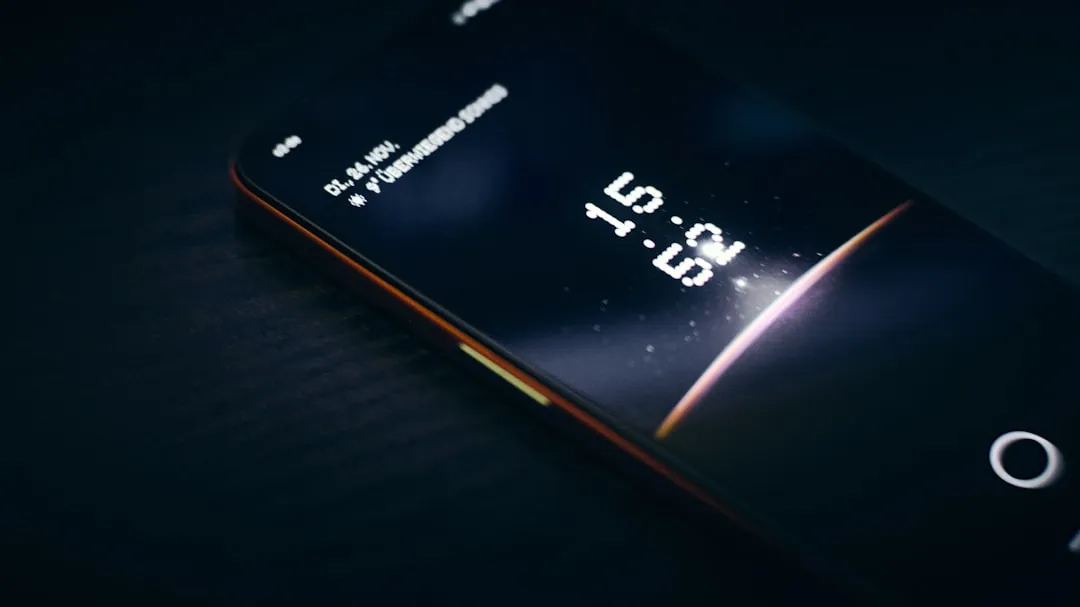



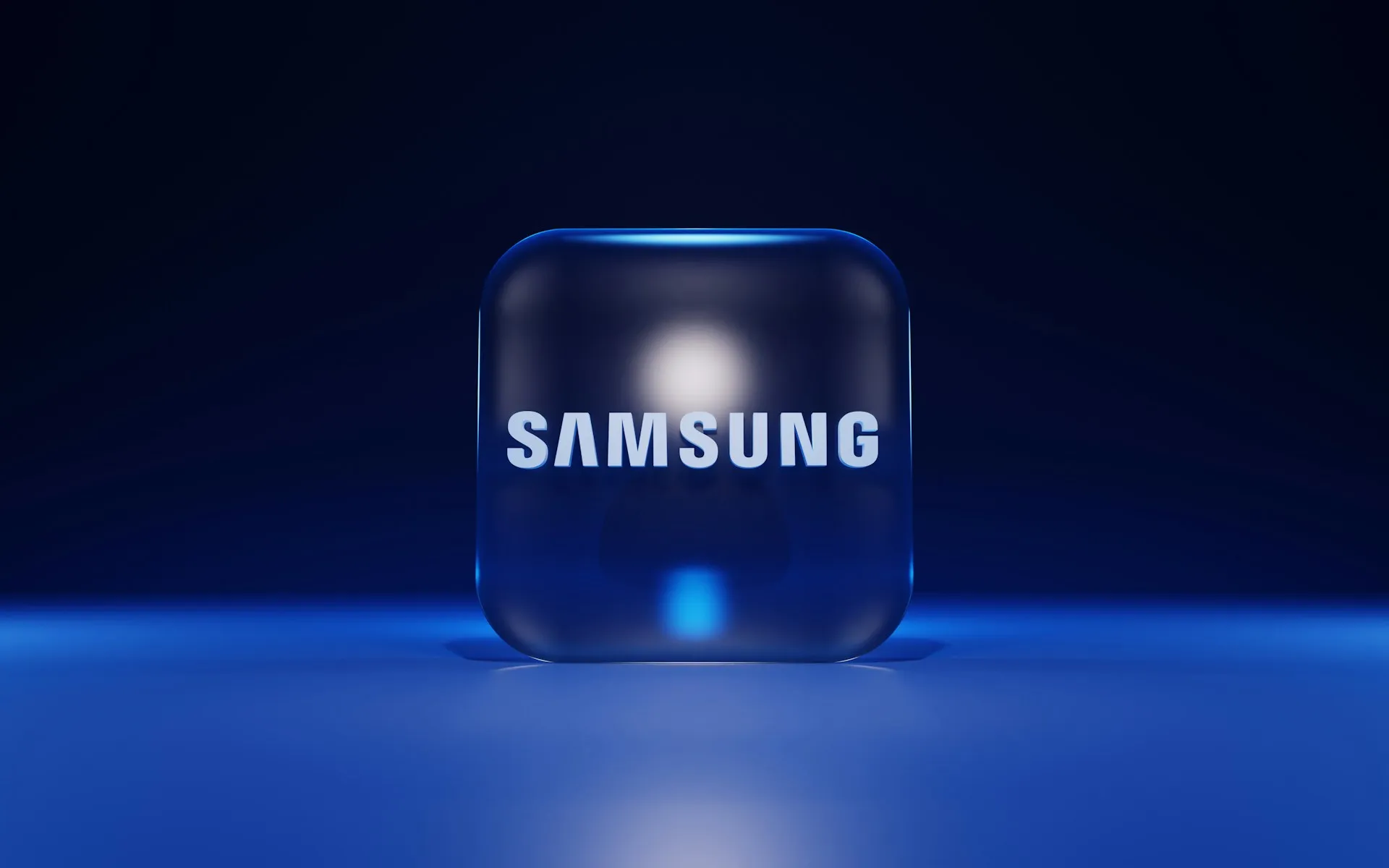



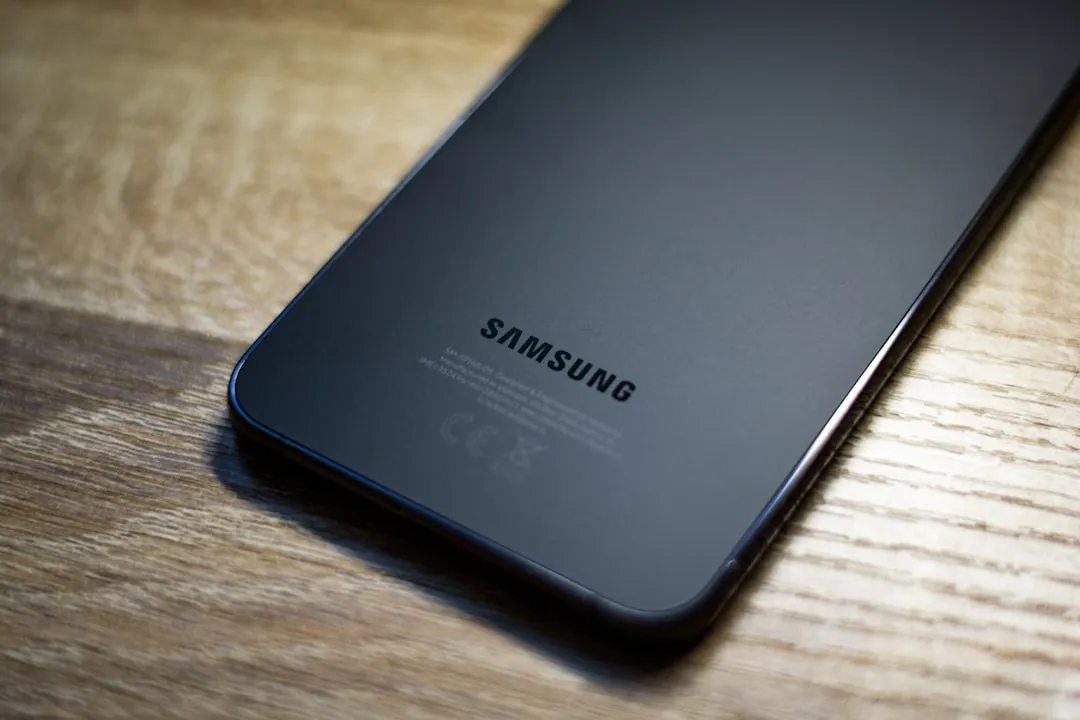



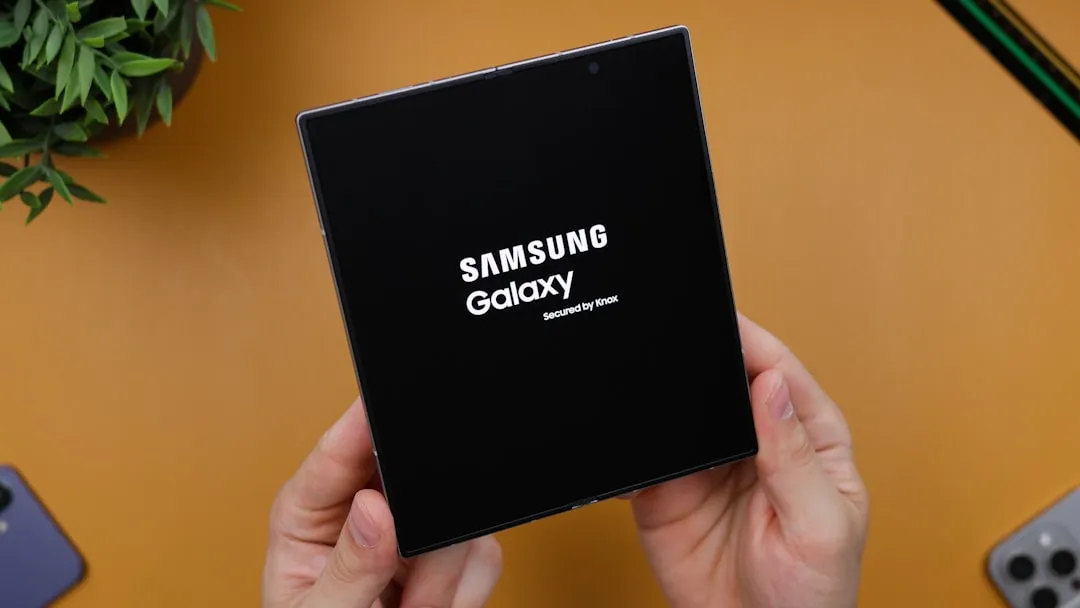


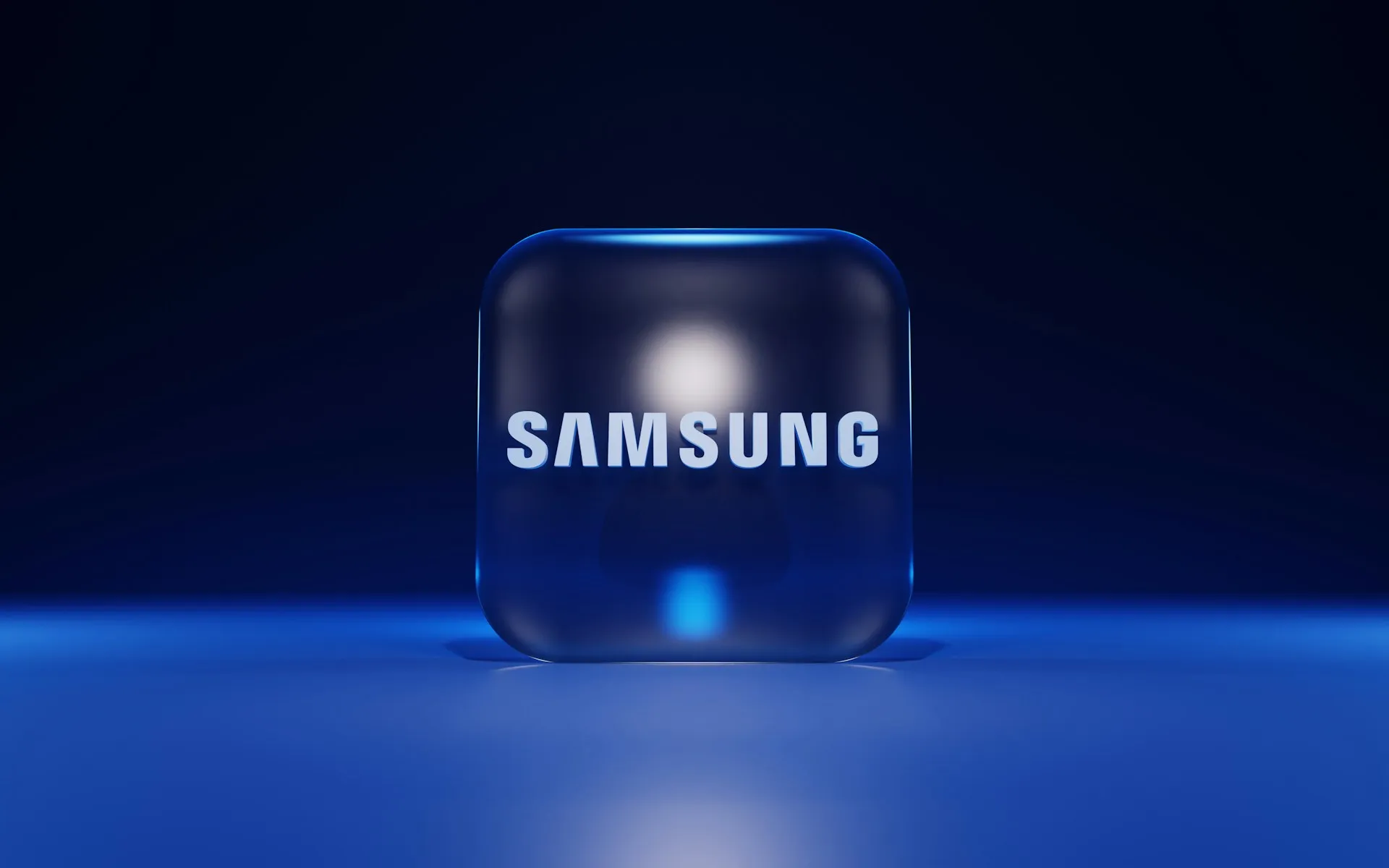

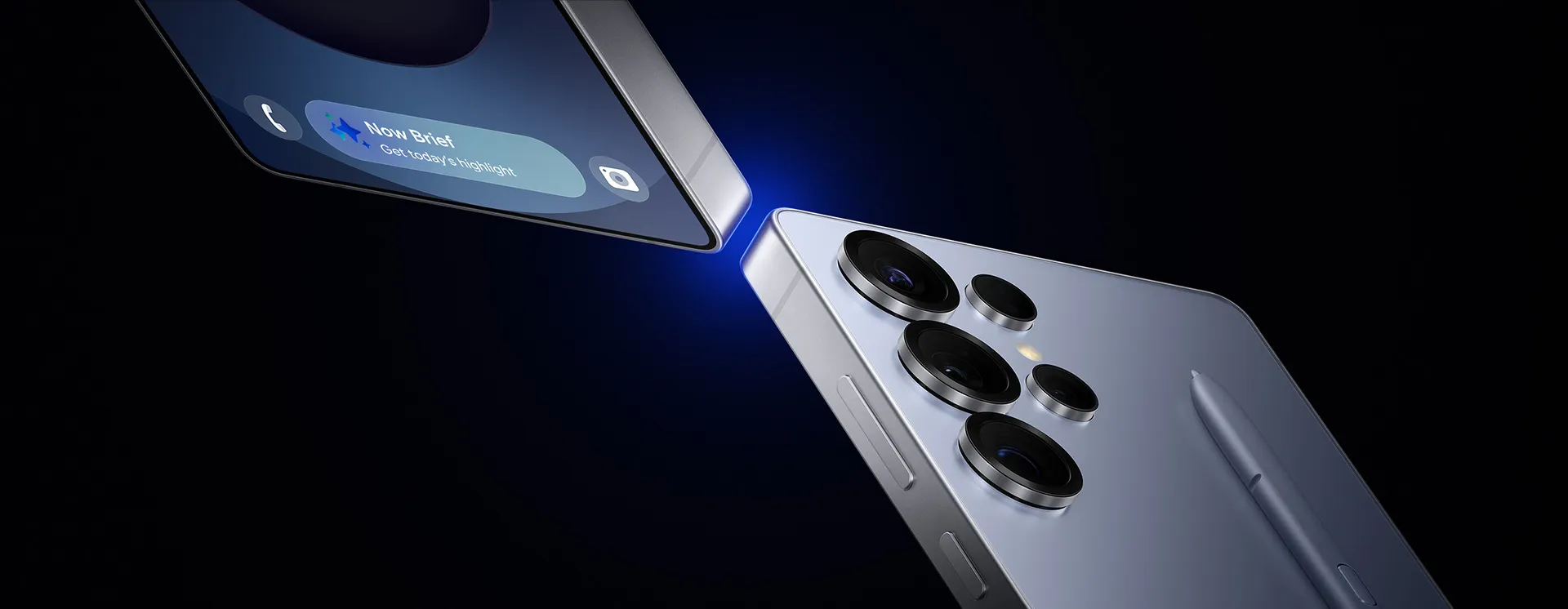

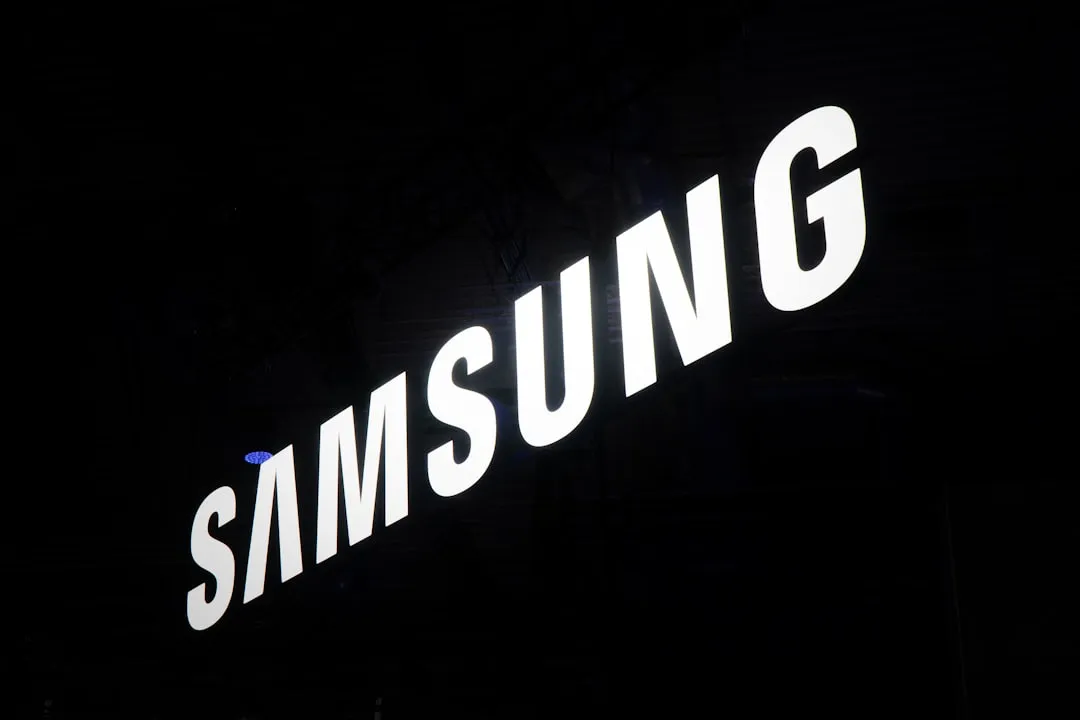
Comments
Be the first, drop a comment!